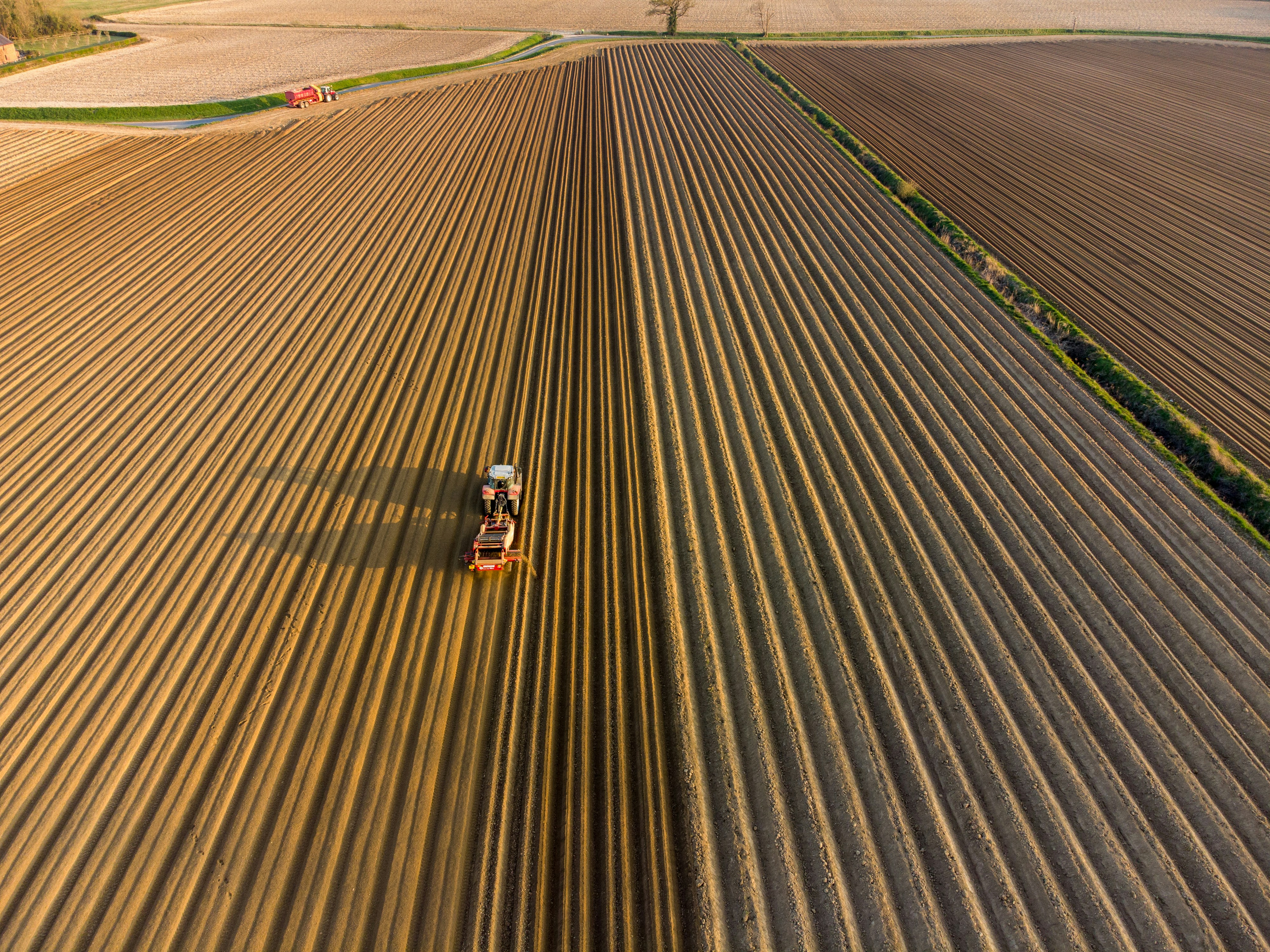Precision Farming 101: How Drones are Reshaping Agriculture
Tech
Mar 4, 2024
In the ever-evolving landscape of agriculture, precision farming stands out as a beacon of innovation and efficiency. At the heart of this transformative approach lies the integration of drones, which are revolutionizing the way farmers manage their land and crops. In this article, we delve into the fundamentals of precision farming and explore how drones are reshaping agriculture for the better.
Understanding Precision Farming
Precision farming, also known as precision agriculture, involves the use of technology to optimize various aspects of crop production with pinpoint accuracy. This approach relies on collecting and analyzing data to make informed decisions about resource allocation, crop management, and environmental stewardship. By harnessing the power of data-driven insights, farmers can maximize yields, minimize inputs, and reduce environmental impact.
The Role of Drones
Drones, or unmanned aerial vehicles (UAVs), have emerged as indispensable tools in the realm of precision farming. Equipped with advanced sensors, cameras, and GPS technology, drones can capture high-resolution imagery of fields from above. This aerial perspective provides farmers with valuable insights into crop health, soil conditions, pest infestations, and more.
Key Benefits of Drones in Precision Farming
Enhanced Crop Monitoring: Drones enable farmers to monitor their crops with unprecedented detail and frequency. By conducting regular aerial surveys, farmers can detect early signs of stress, disease, or nutrient deficiencies, allowing for timely intervention.
Precision Application of Inputs: With drones, farmers can precisely target inputs such as fertilizers, pesticides, and irrigation. By mapping variations in soil fertility or pest pressure, drones enable farmers to apply resources only where they are needed, optimizing resource use and reducing costs.
Efficient Field Mapping and Planning: Drones can generate highly accurate maps and 3D models of fields, providing farmers with valuable data for crop planning and management. These maps can identify areas of soil compaction, drainage issues, or weed infestations, helping farmers make informed decisions to improve overall farm productivity.
Cost Savings and Environmental Sustainability: By optimizing inputs and reducing wastage, drones contribute to cost savings for farmers while minimizing environmental impact. Precision farming techniques facilitated by drones promote sustainable agriculture practices by reducing chemical usage, conserving water, and preserving soil health.
Challenges and Considerations
While drones offer immense potential for transforming agriculture, their widespread adoption is not without challenges. Regulatory restrictions, privacy concerns, and the need for specialized training and equipment are among the barriers that farmers may face. Additionally, integrating drone technology into existing farm operations requires investment in infrastructure and data management systems.
Looking Ahead
Despite these challenges, the future of precision farming with drones looks promising. As technology continues to advance and stakeholders collaborate to address barriers to adoption, drones are poised to become indispensable tools in modern agriculture. By embracing precision farming practices enabled by drones, farmers can unlock new levels of efficiency, productivity, and sustainability in their operations.
Conclusion
Precision farming, empowered by drone technology, represents a paradigm shift in agriculture. By leveraging data-driven insights and aerial imagery, farmers can optimize their operations with unprecedented precision and efficiency. As the agricultural industry continues to evolve, the integration of drones into farm management practices will play a central role in shaping a more sustainable and resilient food system for the future.


